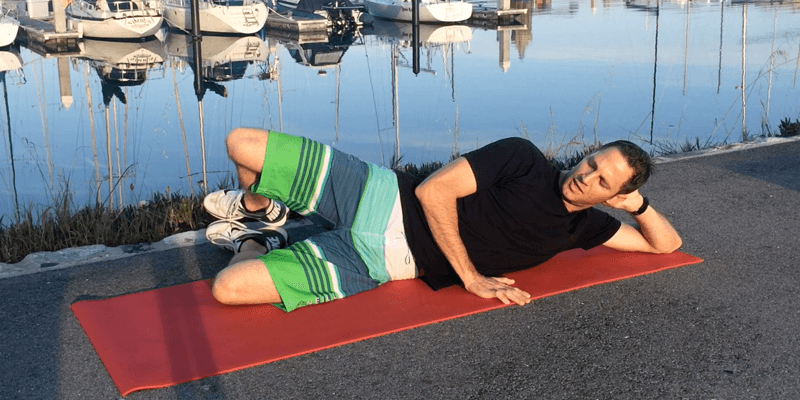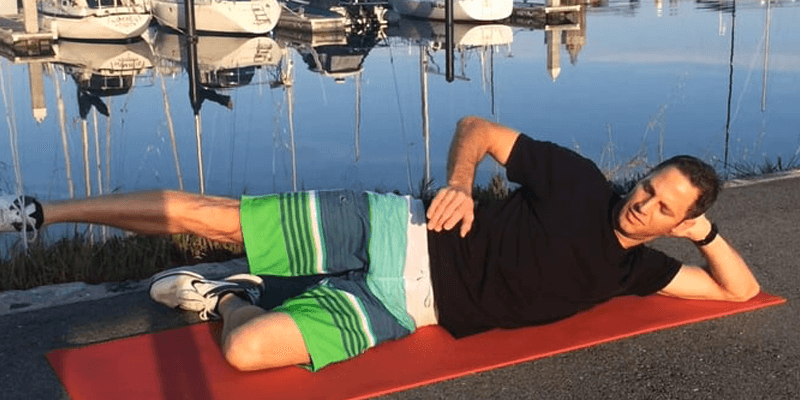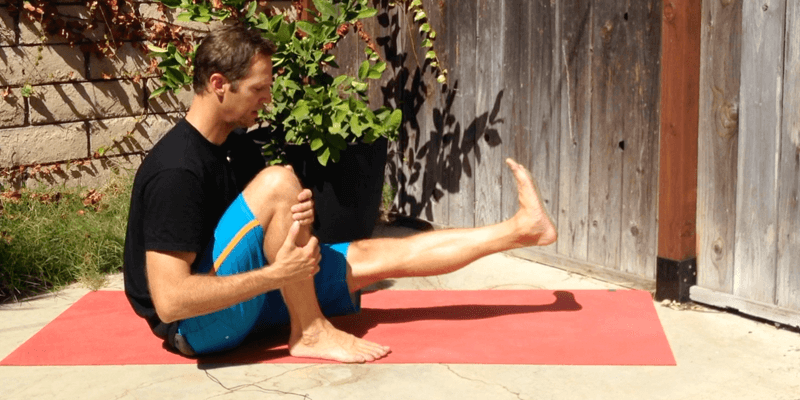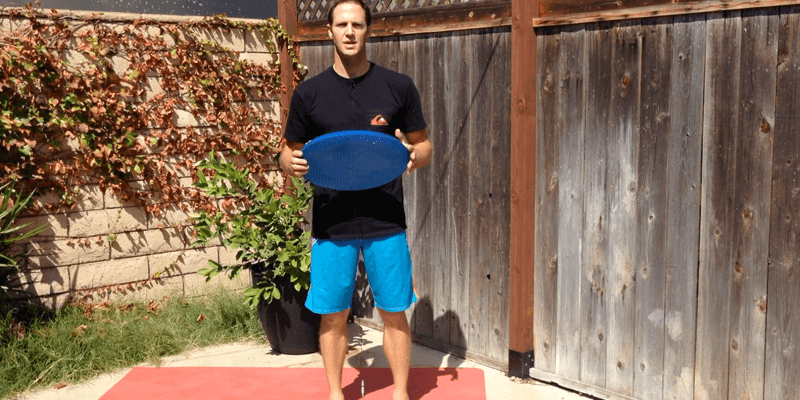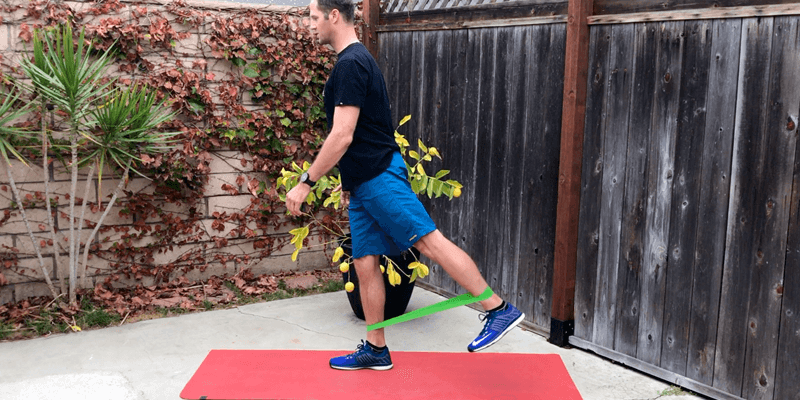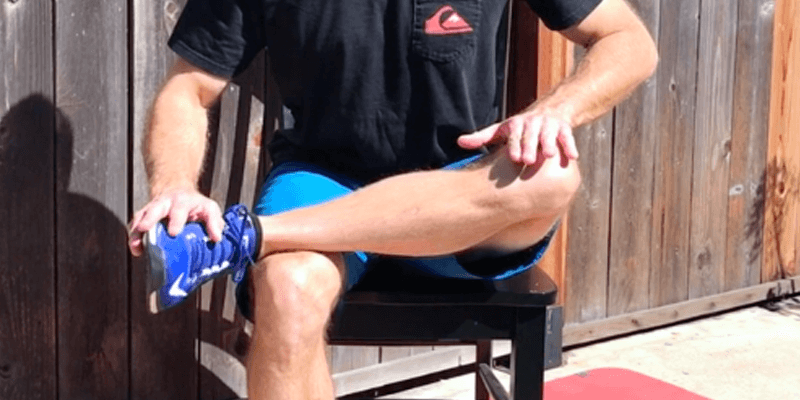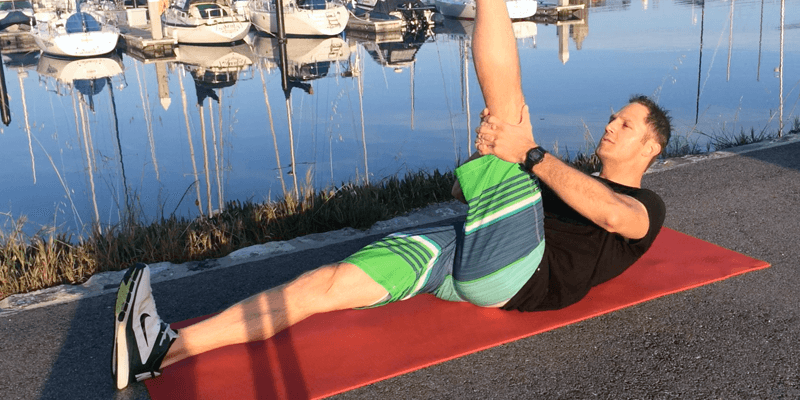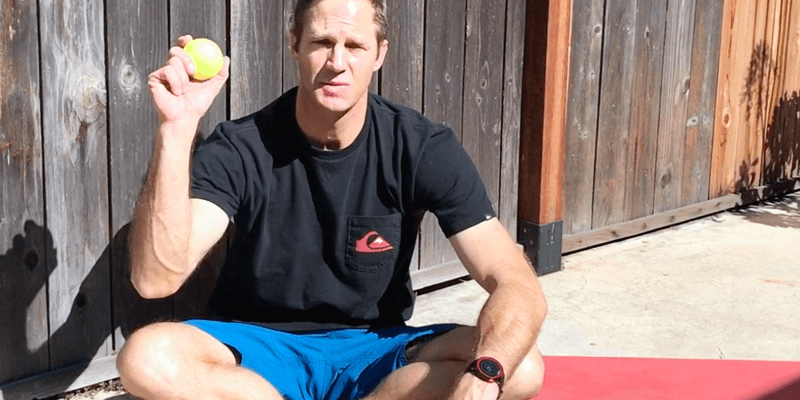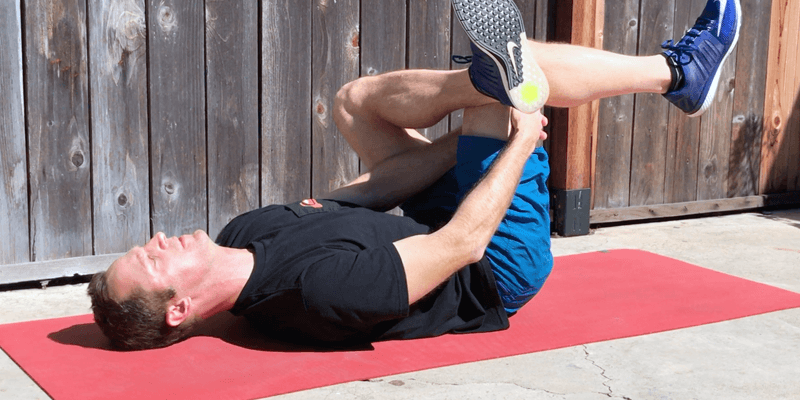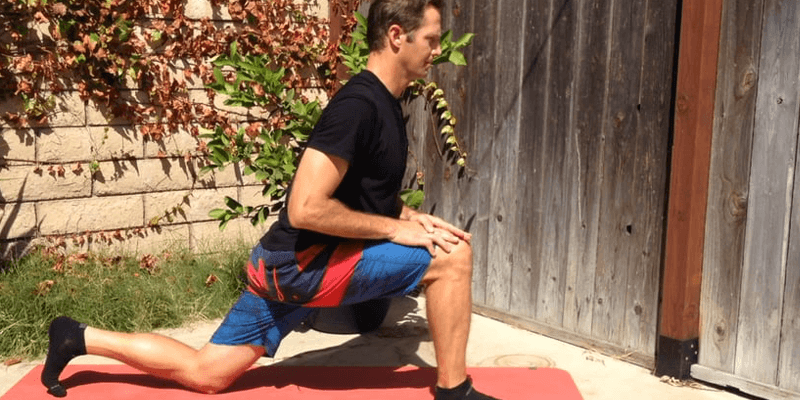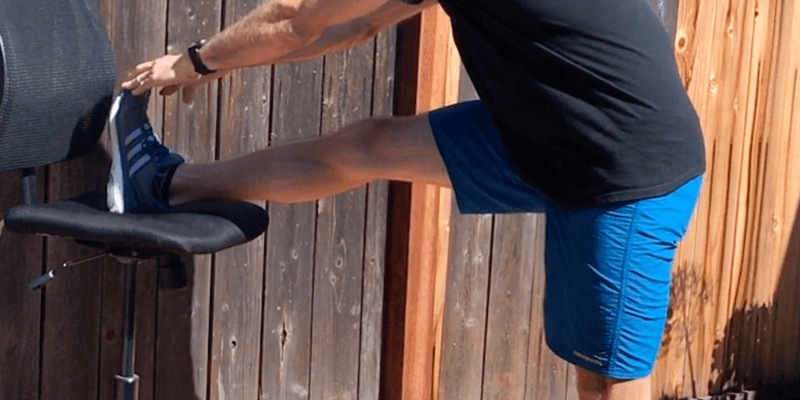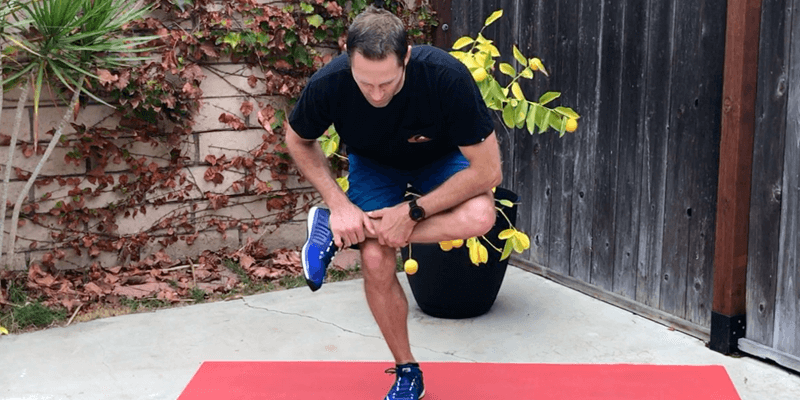Conquer lliotibial Band Syndrome (ITBS) Without Thinking - Let VidPT be your rehab guide.
Tired of suffering from the chronic nagging pain...
Hey, I've been there...This is the proven, comprehensive rehab routine that continues to get me healthy and back doing the activities that I love!!
Learn what causes iliotibial band syndrome (ITBS) and - more importantly to you - how do you fix it?
IT Band Syndrome Introductory Video: Learn What Causes IT Band Syndrome, Signs & Symptoms of ITBS, and much more!!
Grab your FREE customized IT Band Syndrome Rehab Routine. Take the quiz now.
What causes IT Band Syndrome?
Iliotibial band syndrome (ITBS) is a common wear and tear injury. It impacts athletes that squat often—runners, cyclists, hikers, cross-fitters, etc. The IT band gets overworked due to muscle deficiencies or muscle imbalances. Consequently, you can experience pain along the outer part of the leg and also along the outside part of the knee, particularly where the IT band rubs across the lateral femoral epicondyle.
Research studies have shown that iliotibial band syndrome (ITBS) is caused by a weakness in the lateral gluteal muscles. These muscles consist of the TFL (tensor fasciae latae), gluteus medius, and gluteus minimus. This routine specifically targets the lateral gluteal muscles, mainly the gluteus medius and minimus since these muscles are primarily responsible for balance. If you run, cycle, or hike it is important to maintain good balance and proper body mechanics. If you are weak in your hips and glutes then other areas of your body will compensate. By strengthening your lateral gluteal muscles, you take extra strain off the IT band so it can move more freely and can aid lateral knee stabilization. And keeping these muscles strong and properly aligned will keep the pain from coming back.
Additionally, the routine includes some exercises that target the VMO (Vastus Medialis Obliquus) and several stretches that you don’t see all the time. If your VMO is weak (in addition to suffering from IT band syndrome) your patellar tendon can stop tracking properly. This can be extremely painful and it’s not uncommon for both factors/injuries to occur at the same time. However, by strengthening your VMO you can reduce medial knee pain and improve overall knee strength and stability.
The most common causes include:
- Poor biomechanics / muscle deficiencies or muscle imbalances
- Weak hip and glute muscles – TFL, gluteus medius, gluteus minimus, and gluteus maximus
- Tight hip flexors, particularly the big three hip flexors – TFL, sartorius, and rectus femoris attach to the front of the pelvis and can contribute to anterior pelvic tilt and potential knee alignment issues
- Tight hamstrings and calf muscles worsen the condition
- Weak quadriceps, particularly the VMO tends to exacerbate the condition and can cause the patellar tendon to not track properly
Symptoms of IT Band Friction Syndrome
There are varying degrees of severity of iliotibial band friction syndrome (ITBFS).
The most common symptoms include:
- Early stage of IT Band Syndrome experience tingling or needle-like pinpricks along the outer part of the knee
- Sharp or burning pain along the outside part of the knee, particularly where the IT band rubs across the lateral femoral epicondyle
- Pain worsens with the continuation of running or other repetitive squatting activities, such as going up and down stairs
- Gradual onset of symptoms can cause major sport or activity interference, particularly if the symptoms last longer than 4 weeks
- Weak quadriceps, particularly the VMO tends to exacerbate the condition and can cause the patellar tendon to not track properly

Figure 1. Diagram outlining IT Band Syndrome
How to fix IT Band Syndrome
Strengthen your lateral gluteal muscles and stretch your big 3 hip flexors
Exercises — Focus on strengthening your hips and glutes, particularly your lateral gluteal muscles. If these muscles are weak then other areas of your body must compensate, i.e. hamstrings, iliotibial band and hip flexors.
IT Band Syndrome Rehab Strengthening Exercise Videos
Stretches: Stretching the IT band itself is very difficult. Why? Because the iliotibial band is not very flexible and it is incredibly strong. Consequently, foam rolling the IT band (you’ve probably tried this therapy) is not very productive. I have found it much more effective to stretch the surrounding areas—lateral gluteal muscles, hip flexors, and hamstrings. The stretches in this program will complement the strengthening routines and you’ll see much faster and more complete recovery.
IT Band Syndrome Stretching Videos
Claim your FREE customized IT Band Syndrome Rehab Routine. Take the quiz now.
3 General Phases of Physical Rehabilitation

M.E.A.T
- Phase I is typically the acute or post trauma period where the primary goal is to control inflammation, reduce pain, and start moving again. VidPT has found that myofascial release helps to accelerate the recovery process.
- M.E.A.T. = movement, exercise, analgesics, and treatment.
- And M.E.A.T is starting to replace the historical standard of RICE = rest, ice, compression, and elevation. VidPT is still a huge fan of elevation.
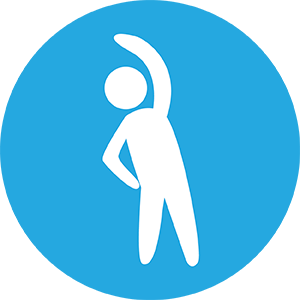
Stretching
- Stretching typically proceeds muscle strengthening
- It is important to stretch key areas so that muscle tissues are properly prepared to absorb the muscle strengthening exercises.
- If the tissues are not ready, then exercising too early can result in increased pain and can potentially lengthen the rehab process.
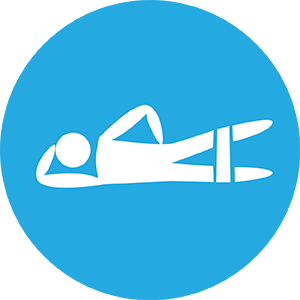
Strengthening
- Start with basic controlled movements
- Move towards more advanced exercises and methodically resume activities.
- Stretching is continued and the most effective exercises become part of one’s daily/weekly exercise regimen.
The Easy IT Band Rehab Plan: 4 Basic Steps to Recovery
Step 1: Take the IT band quiz to get your customized IT band rehab routine! Your body is unique and so should be your routine.
Step 2: Receive your rehab routine via email.
Step 3: Start your customized rehab exercise plan and develop positive rehabilitation habits.
Step 4: Increase strength, execute more intense exercises and resume the activities that you love!!
Step 5 (optional): Download your FREE IT band exercise cards (link appears below). I personally love exercise cards.
Let's get started now! Take the IT band quiz and don’t forget to download your free exercise cards.
Benefits of the Easy IT Band Rehab Plan
-
 Decrease anxiety since you are now part of a rehabilitation process
Decrease anxiety since you are now part of a rehabilitation process
-
 Save time by performing your rehab exercises at home and avoid scavenging the internet for high-quality rehab resources
Save time by performing your rehab exercises at home and avoid scavenging the internet for high-quality rehab resources
-
 Combat pain and start gaining control over life and resuming your daily activities
Combat pain and start gaining control over life and resuming your daily activities
 Start
experiencing pain-free daily activities, like going up and down stairs
Start
experiencing pain-free daily activities, like going up and down stairs-
 Reclaim your pride and the better version of you!
Reclaim your pride and the better version of you!
-
 Resume the activities you love!!
Resume the activities you love!!
What happens if you don’t implement our plan and fix your iliotibial band problem, immediately?
-
 Suffer from prolonged and potentially more serious health issues.
Suffer from prolonged and potentially more serious health issues.
-
 Potentially undergo non-necessary surgery
Potentially undergo non-necessary surgery
-
 Spend travel time and $ visiting a physical therapist for exercises that you can do on yourown. (Save $200+ a month in opportunity cost!)
Spend travel time and $ visiting a physical therapist for exercises that you can do on yourown. (Save $200+ a month in opportunity cost!)
But let's prevent that from happening. Get started by taking your FREE IT band rehab quiz. Then grab your detailed IT band exercise cards. Let’s get you back doing the activities that you love!

